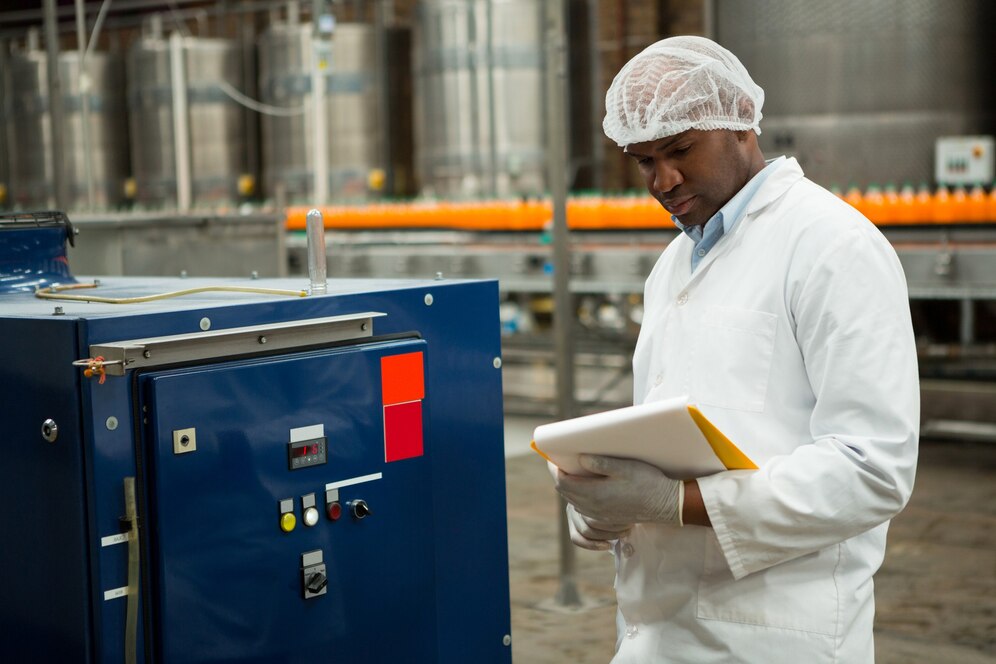Supplying medical gases is a critical aspect of the healthcare industry. As a certified medical gas supplier, you play a vital role in ensuring the safe and reliable delivery of gases used for various medical purposes. If you aspire to enter this field, this guide will take you through the steps required to become a certified medical gas supplier.
- Understand the Responsibilities and Regulations:
Start by familiarizing yourself with the responsibilities and regulations associated with supplying medical gases. Medical gases, such as oxygen, nitrous oxide, and carbon dioxide, are classified as pharmaceuticals and must meet strict quality and safety standards. Research the laws, regulations, and industry best practices that govern the production, storage, transportation, and distribution of medical gases in your country or region. - Obtain the Necessary Licenses and Permits:
Check with your local regulatory authority to determine the specific licenses and permits required to operate as a medical gas supplier. These may include a pharmaceutical manufacturing license, a wholesale distribution license, or other permits specific to medical gas supply. Adhere to the application process, complete the necessary documentation, and fulfill any additional requirements, such as facility inspections or quality control measures. - Establish Quality Management Systems:
Implement robust quality management systems to ensure the safety and reliability of your medical gas supply. This includes adhering to Good Manufacturing Practices (GMP) or equivalent quality standards. Develop standard operating procedures (SOPs) for all critical processes, including sourcing, storage, handling, packaging, and distribution of medical gases. Implement quality control measures, such as regular testing and analysis, to maintain the integrity and purity of the gases. - Procure Reliable Suppliers:
Identify and establish relationships with reputable suppliers of medical gases. Ensure that your suppliers meet the necessary quality standards and have the required certifications for gas production and distribution. Conduct thorough due diligence to ensure a reliable and consistent supply chain. - Invest in Proper Storage and Transportation Infrastructure:
Create appropriate storage facilities that comply with safety regulations for medical gases. Implement proper ventilation, temperature control, and safety measures to maintain the integrity of the gases and prevent contamination or hazards. Similarly, ensure that your transportation infrastructure, including vehicles and containers, meets the necessary safety standards for transporting medical gases. - Train and Certify Staff:
Provide comprehensive training to your staff on handling, storage, transportation, and quality control procedures specific to medical gases. Ensure that they are well-versed in the proper use of equipment, emergency response protocols, and industry regulations. Consider certifying your staff through relevant training programs to enhance their knowledge and expertise. - Maintain Proper Documentation and Records:
Establish a robust documentation system to track and record all aspects of your medical gas supply chain. Maintain accurate records of gas procurement, storage conditions, transportation details, quality control tests, and distribution records. These records are essential for traceability, compliance, and addressing any potential quality issues. - Implement Safety Protocols:
Prioritize safety in all aspects of your operations. Develop and enforce comprehensive safety protocols for handling, storage, transportation, and emergency situations related to medical gases. Train your staff in safety procedures, provide appropriate safety equipment, and conduct regular safety audits to identify and mitigate potential risks. - Regularly Monitor and Improve:
Continuously monitor and evaluate your operations to identify areas for improvement. Regularly assess your quality control systems, procedures, and infrastructure to ensure compliance with changing regulations and industry advancements. Stay updated on the latest developments in medical gas technology, safety guidelines, and quality standards to maintain a competitive edge and provide the best service to your customers. - Seek Third-Party Certification:
Consider obtaining third-party certification to demonstrate your commitment to quality and safety as a medical gas supplier. Certifications such as ISO 13485 for medical devices or ISO 9001 for quality management systems can enhance your credibility and instill confidence in your customers.
Becoming a certified medical gas supplier requires a thorough understanding of regulations, adherence to quality standards, and the implementation of robust safety and quality control measures. By following these steps, including understanding responsibilities and regulations, obtaining necessary licenses and permits, establishing quality management systems, procuring reliable suppliers, investing in proper infrastructure, training and certifying staff, maintaining documentation and records, implementing safety protocols, monitoring and improving continuously, and seeking third-party certification, you can embark on a successful journey as a certified medical gas supplier. Remember, the safety and well-being of patients rely on the reliability and quality of the medical gases you supply.
